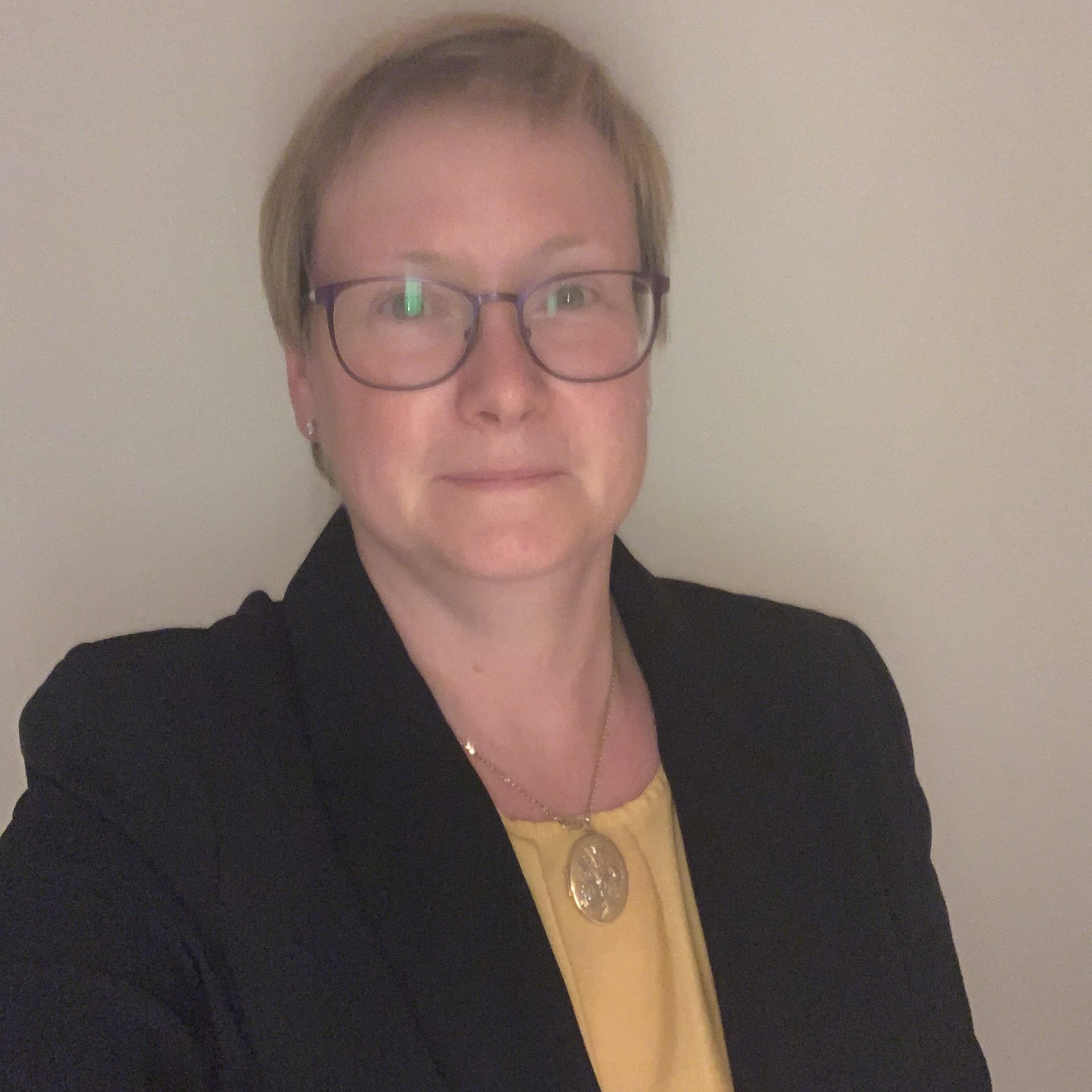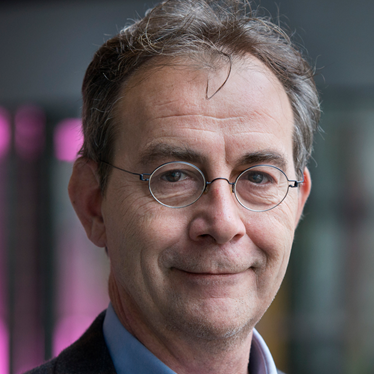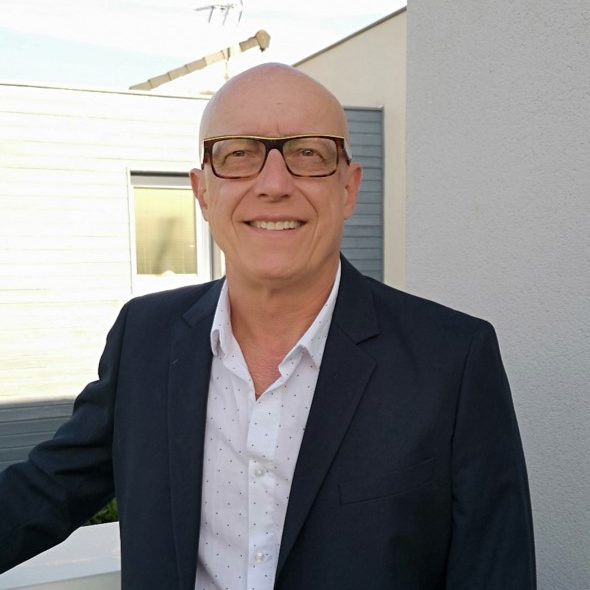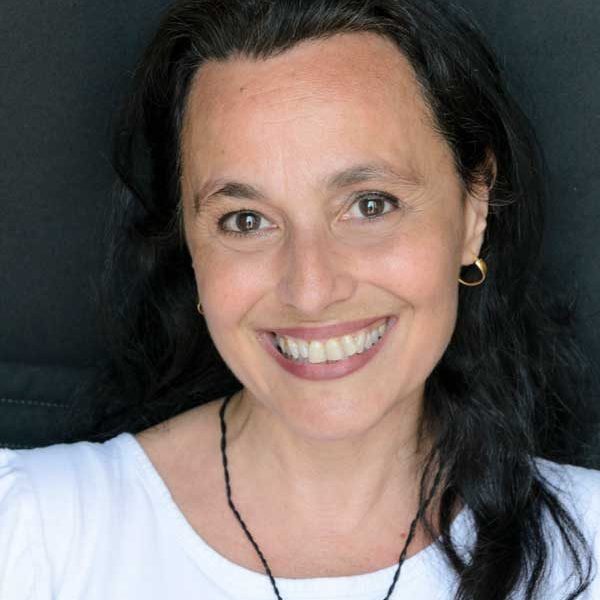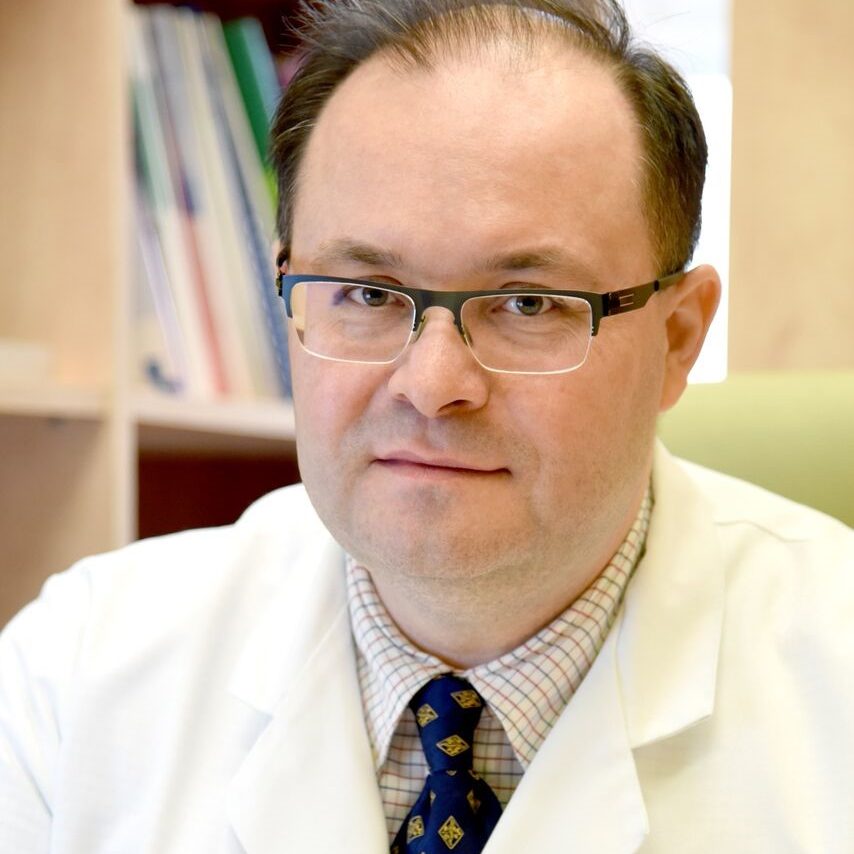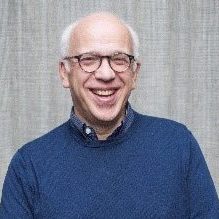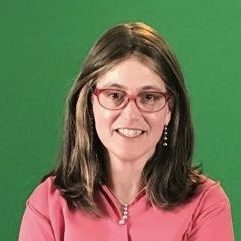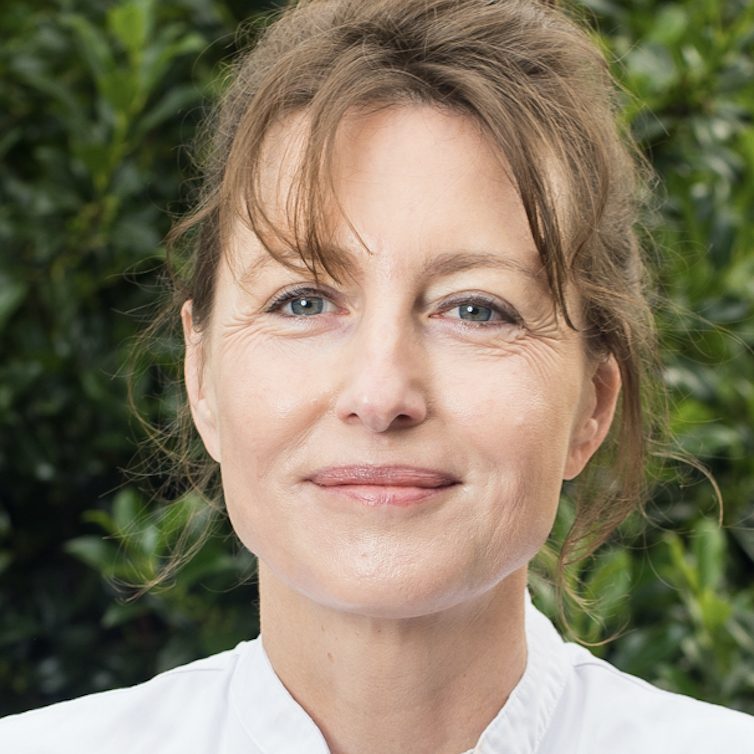Mission Statement
The aim of the EWGGD is to promote clinical and basic research into Gaucher disease for the ultimate purpose of improving the lives of patients with this disease; it brings together clinicians, scientists and patients in an open forum for discussion on all aspects of the condition.
The opportunity for presenting unpublished scientific data as well as free discussion is a central premise of the Group. For the dissemination of information, a two-yearly workshop is organised. Although a limited number of representatives from industrial partners are invited to attend the meetings, the Working Group has always been an independent organization with a charitable purpose and a clear code of practice to work with industry (click here for code of practice).
Scientific working groups
Scientific working groups are being set up to work together to create policy statements, guidelines and to facilitate research collaboration. You can follow the progress of the work (link to the list of groups and each group). Watch out for topics for the working groups and suggest topics for consideration
Scientific meetings
Scientific workshops organised every two years bring together clinicians, scientists & patients in an open forum for sharing unpublished data and discuss on all aspects of the condition. The workshops aim also to promote interactions between young researchers/students & established researchers.
Graduate course
Courses to train the next generation of young Gaucher disease scientists and clinicians are organised every two years.
EWGGD BOARD MEMBERS
History
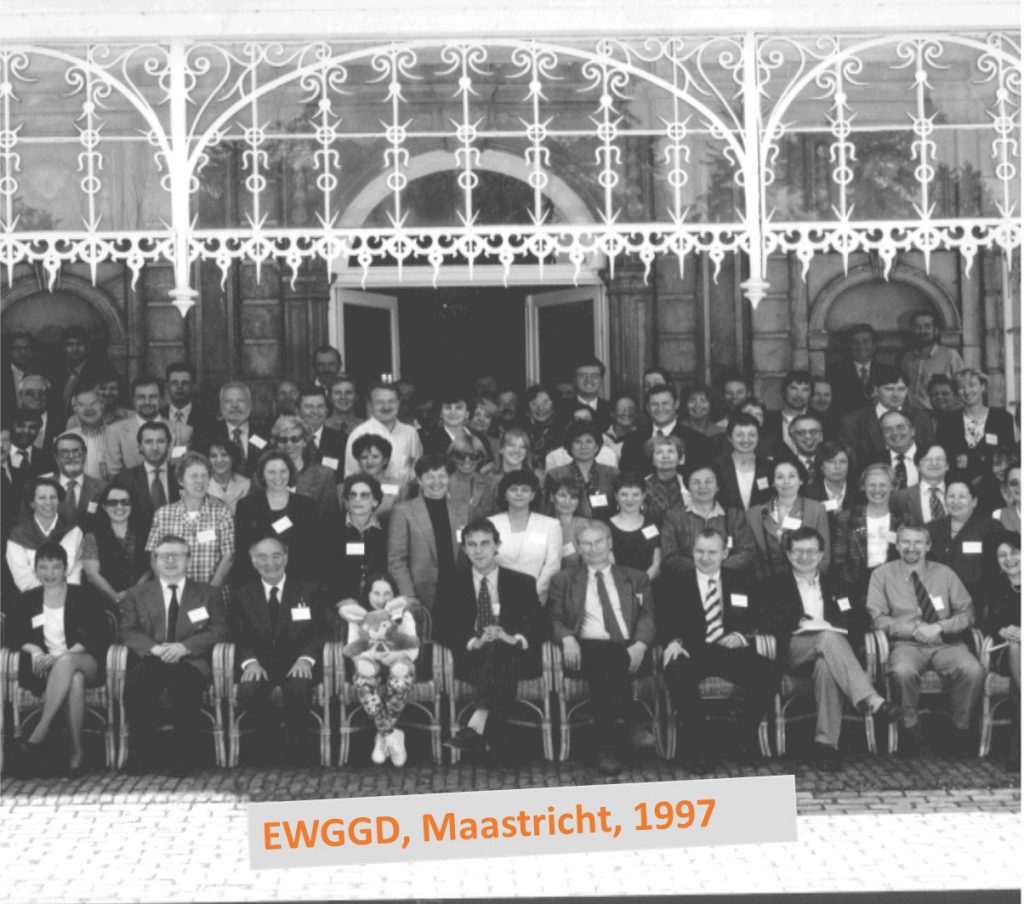
The idea of the EWGGD has its roots in the late nineteen eighties. The group emerged from the older society for the study of lysosomal diseases, ESGLD. From its outset the EWGGD has been engaged in close partnership with patients. Charitable advocacy groups organized by patients and their caregivers (i.e,. Svenksa Morbus Gaucher-foreningen, the US National Gaucher Foundation, the Gaucher Vereniging Nederland (GVN), and the UK Gauchers Association) had been formed. These societies provided a crucial momentum: they encouraged the setting up of specialist clinical and laboratory centres with the ambition to undertake research and to attract young physicians and scientists to the field.
At the same time in the USA, important scientific breakthroughs were accomplished. The elusive GBA gene encoding the enzyme glucocerebrosidase was identified and two centres independently cloned the corresponding cDNA. Soon after, common mutations in the GBA gene associated Gaucher disease became known. Genetic testing started to gradually complement enzyme activity measurements on which laboratory diagnosis of Gaucher disease had entirely relied. Carriers of Gaucher disease could now be more reliably identified. Some GBA genotypes proved to be associated with non-neuronopathic (type 1) Gaucher disease, a finding assisting counselling of families.
A major breakthrough in the late 1980s took place at the National Institutes of Health in Bethesda (USA) where the team of Roscoe Brady managed to develop the first effective therapy for non-neuronopathic Gaucher disease. This was biweekly infusion of mannose-terminated purified human glucocerebrosidase, a first-in-class molecular therapy targeted to tissues most threatened by this disease. This therapy was a momentous journey from concept to application; it was a huge accomplishment that fundamentally transformed the Gaucher field. In the process, major hurdles had to be undertaken, including as purification of enzyme from thousands of human placentae, and the subsequent sophisticated modification of its glycans to ensure uptake by the cells in most need, especially tissue macrophages.
The early nineties were a period of great scientific and political excitement about the transformative effects of a therapy that rapidly found application in Israel and Europe. Limitations on access, not least its high cost, soon raised questions on who to treat and at which dose. Clinicians and scientists cooperated on the best means to monitor the disease treated by different dosing regimens. Many management issues were the subject of debate – for example, optimal times for intervention as well as predictive value of genotype, the effects of splenectomy and the introduction of home therapy.
By 1992, the Academic Medical Centre (Amsterdam) was the designated centre for research and treatment of Gaucher disease in The Netherlands. Its multi-disciplinary Gaucher disease team closely interacted with the GVN, the national Gaucher patient society. Prof. Joseph Tager, biochemist with a track record in research on lysosomes, and Prof. Rob Goudsmit, haematologist with a track record in clinical care of patients with Gaucher disease and medical advisor of the GVN, fostered the multi-disciplinary collaboration in Amsterdam over the years and acted after their retirement as advisors to the team.
In December 1992, it was concluded that there was an urgent need of an industry-independent platform for clinicians and researchers with interest in Gaucher disease. The name European Working Group on Gaucher Disease (EWGGD) was suggested. Biennial symposia were envisioned: the organization would seek to disseminate knowledge and expertise; foster international collaboration – and offer members the opportunity to exchange information and discuss matters in an open collegial atmosphere. From the start, it was determined that the various national Gaucher patient societies would participate actively in the EWGGD symposia, a principle dear its founding patrons, Professors Joseph Tager and Professor Rob Goudsmit. Key researchers of Gaucher disease in Europe and Israel were contacted by Hans Aerts and supported the idea of founding the EWGGD.
To launch the EWGGD as a viable and respectable scientific organization, the status of affiliate of the European Study Group on Lysosomal Diseases (ESGLD) was sought. The ESGLD is a society of researchers dedicated to the study of lysosomal diseases that was co-founded by Joseph Tager as secretary with Professor Don Robinson of Queen Elizabeth college London (chairman) in 1978. At the ESGLD meeting in Delphi in 1993, the founding of the EWGGD was formally proposed by Joseph Tager and Rob Goudsmit and supported by the president of the ESGLD, then Prof. Kurt von Figura of the University of Göttingen.
Dr. Hans Aerts and Professor Timothy Cox were appointed as the first chair and co-chair of the EWGGD and a board with representatives from several European regions was rapidly installed. Soon the EWGGD acquired a substantial membership of clinicians and researchers from Europe and Israel and established closely interactions with various national Gaucher patient societies.
Essential for the success and spirit of the EWGGD were its first two symposia in Trieste (1994) and Maastricht (1997). In these meetings, no effort was spared so far as possible to set a pleasant and collaborative atmosphere in the society while at the same time promoting a friendly and frank tone to exchange of information. Above all, sought was a spirit of true collaboration between clinicians, laboratory researchers and patient societies or organizations. Attendance at the meetings by representatives of pharmaceutical companies with an interest in Gaucher disease and as observers was allowed and, as with the rigorous example of ESGLD, independence with mutual respect of the EWGGD and its colleagues in industry was much cherished. Since those early days, successful EWGGD symposia were organized on a two-year basis: Lemnos (1999), Jerusalem (2000), Prague (2002), Barcelona (2004), Cambridge (2006), Budapest (2008), Cologne (2010), Paris (2012), Haifa (2014), Zaragoza (2016) and, with another unexpected frame-shift, Clermont-Ferrand (2019).
The overarching goal of the EWGGD has remained the same since its foundation: that is to promote clinical and basic research into Gaucher disease for the ultimate purpose of improving the lives of patients with this disorder. In the last 25 years, extraordinary advances in science and clinical care were made. The number of centres expressing interest in the disorder has increased and the Gaucher patient societies, brought together in the International Gaucher Alliance (IGA), now include organizations in at least 50 countries. Landmark discoveries were often first presented and discussed at EWGGD symposia. Likewise, registered and investigational therapies have consistently been topics at EWGGD symposia. As has been hoped for at the very inception, the EWGGD platform still fulfils an important, and in some ways unique, function.
In response to changes in the legal aspects of approved societies within the European Union, the EWGGD has been placed on an official footing as an organization with a constitution and was officially registered on February 23, 2012, in the Netherlands. Click here for the constitution.
The EWGGD and Patient Organisations
You will have read elsewhere that the first EWGGD was held in Trieste in 1994 under the Chairmanship of Prof. Hans Aerts and Vice Chairmanship of Prof. Tim Cox. They took the unusual step of inviting representatives from the fledgling patient groups that were slowly emerging in Europe to participate, and I had the privilege together with the late Susan Lewis of representing the UK.
It was an inspired move and proved to be the catalyst for the coming together of European Patient groups. Initially, the patient representatives were an informal umbrella group calling themselves the European Gaucher Alliance (EGA), which in 2008 became a formal body and transitioning in 2018 into the International Gaucher Alliance (IGA) with the global reach by Spring 2020 of 57 member organisations. The fact is that it was the invitation in 1994 for patient groups to participate in the EWGGD that was the start of it all.
We didn’t really know what to expect in Trieste. There were seven countries represented, and the patient representatives were not scientists or clinicians. Most had never been at a meeting of this nature and sat at the back of the small meeting room trying to absorb the presentations but when they couldn’t understand the scientific detail they did understand that the people in the room were the world’s experts in Gaucher disease who had come together to share their experiences and their research and to discuss how best to manage and treat their patients.
There was concern expressed by some that it might be upsetting for the representatives (many of whom were patients themselves) to witness the differences in approach to treating patients. However, the opposite was the case. For the patient representative to witness the world’s experts in this rare and not well understood disease debating (and yes, in some cases arguing!) it was a humbling experience because the patients recognised that this group of brilliant and passionate experts had come together to unlock some of the mysteries of the disease and this would ultimately help their members. This remains the case today.
The opportunities for patient representatives to attend such meetings (particularly those from countries where there was little experience of the disease) cannot be underestimated. Initially, the representatives came together as an informal alliance. Whilst patient representatives meeting other patient representatives brought one benefit, representatives having the opportunity of meeting the world’s experts in Gaucher disease (and indeed industry representatives) and being able to engage and build relationships and introduce them to their local doctors, proved to be an altogether different dimension of benefit and the impact of this networking cannot be underestimated.
For patients the threefold benefits of learning of the latest research and into the clinical management of their members’ condition, the time to share experiences with other patient group leaders and the opportunity of networking with the world experts, remains the constant immeasurable gift from the special relationship between the patient representatives and the EWGGD.
As the number of patient representative groups grew it became clear that more time was needed for patients to discuss their issues, and in Autumn 2000 just before the 4th EWGGD in Jerusalem the patient groups (then called the EGA) held their first dedicated patient conference. This pattern has been followed in subsequent years. In the days before each EWGGD workshop, the EGA (now IGA) hold their own patient lead meeting, still sharing experiences and seeking ways by which the patient community members can support each other. Most patient representatives then stay on to participate in the EWGGD workshop.
When the EWGGD itself decided to formalise its own structure in Cologne in 2010 (it was registered as an official body in the Netherlands on the23rd February 2012) it was clear that the relationship between the EGA and the EWGGD was so intertwined that the EGA was given by the constitution of the EWGGD a permanent standing seat on the Board of the EWGGD. It is a convention that although the EGA (IGA) representative is a full member of the board, he/she does not participate in the meetings for the selection of presentations or posters to be given at EWGGD Meetings.
At the 2012 EWGGD Workshop in Paris the EGA were honoured to be shown on all literature as a “Partner of the Congress”, a position it continues to hold.
The EWGGD has since its inception been at the forefront of addressing issues of major concern to Gaucher patients and it is the organisation that the EGA (now IGA) looks to for advice and guidance both generally (seeking to establish consistent management and treatment for patients across Europe and now globally) and specifically at times of special need.
The EWGGD, together with representatives of the EGA, held special meetings of sub-groups leading to the publications of scientific papers, including the paper recording a European Consensus on the treatment of Neuronopathic Gaucher patients.
Crucially the EWGGD played a leading global role in 2009 when the global supply of Cerezyme was compromised by holding an emergency meeting with the subsequent publication of papers on the management of patients during the time of the global shortage of supply of Enzyme Replacement therapy and the priorities for treatment of patients on the reinstatement of limited supplies. The EGA was grateful both for this initiative but also for its ability to participate in the whole process.
Since the very first meeting in Trieste, patient representatives have been given the opportunity of addressing the EWGGD workshop. Over the years the EGA has focussed on unmet need both clinical and practical (patients who cannot access treatment) and has been particularly grateful to have had the opportunity of using the forum to highlight the existence of (and sometimes shortcomings) of the humanitarian aid programmes run in conjunction with industry.
If there is no doubt that the initiative of including the patient group representatives at the EWGGD was a catalyst for the development of the global patient body the special relationship between the EWGGD and the patients has helped shape the Gaucher world for the better,
It is an understatement to say that the Patient community have much to thank the EWGGD for.
Jeremy Manuel O.B.E
Co-founder UK Gaucher Association
Hon President International Gaucher Alliance
https://gaucheralliance.org/
Activities
Scientific working groups:
Scientific working groups are being set up to work together to create policy statements, guidelines and to facilitate research collaboration. You can follow the progress of the work (link to the list of groups and each group). Watch out for topics for the working groups and suggest topics for consideration here (lien : working groups).
Educational webinars:
Training and education is one of the objectives of our group. Join our upcoming webinar here (lien : webinars)
Scientific meetings:
Scientific workshops organized every two years bring together clinicians, scientists and patients in an open forum for sharing unpublished data and discuss on all aspects of the condition. The workshops aim also to promote interactions between young researchers/students and established researchers. Join our upcoming meeting in October (liens: www.ewggd2020.com)
Graduate course:
Courses to train the next generation of young Gaucher disease scientists and clinicians are organised every two years. Join our upcoming Graduate course in May 2020 (link : TBC)
Working with external organizations
and collaborators to further the aims and benefit to the Gaucher community, including IGA, EHA, and industry. Access a position statement related to working with industry here (link : TBC)
Newsletter:
Receive a monthly newsletter on behalf of the EWGGD board is published summarizing the main GD-related news and EWGGD activities. (lien: newletter sign up)
Interactive forum:
Members are welcomed to post challenged cases/questions for discussion in a close forum (link : forum / chat).
Slides/presentations:
Selected slides and presentations related to the field of GD are posted. Members could access and download the slides for educational purposes only
Communications:
The EWGGD recognise the need for policy statements and guidelines for the diagnosis and management of GD. (link to publications/year). Code for publications on behalf of the EWGGD[ is enclosed


